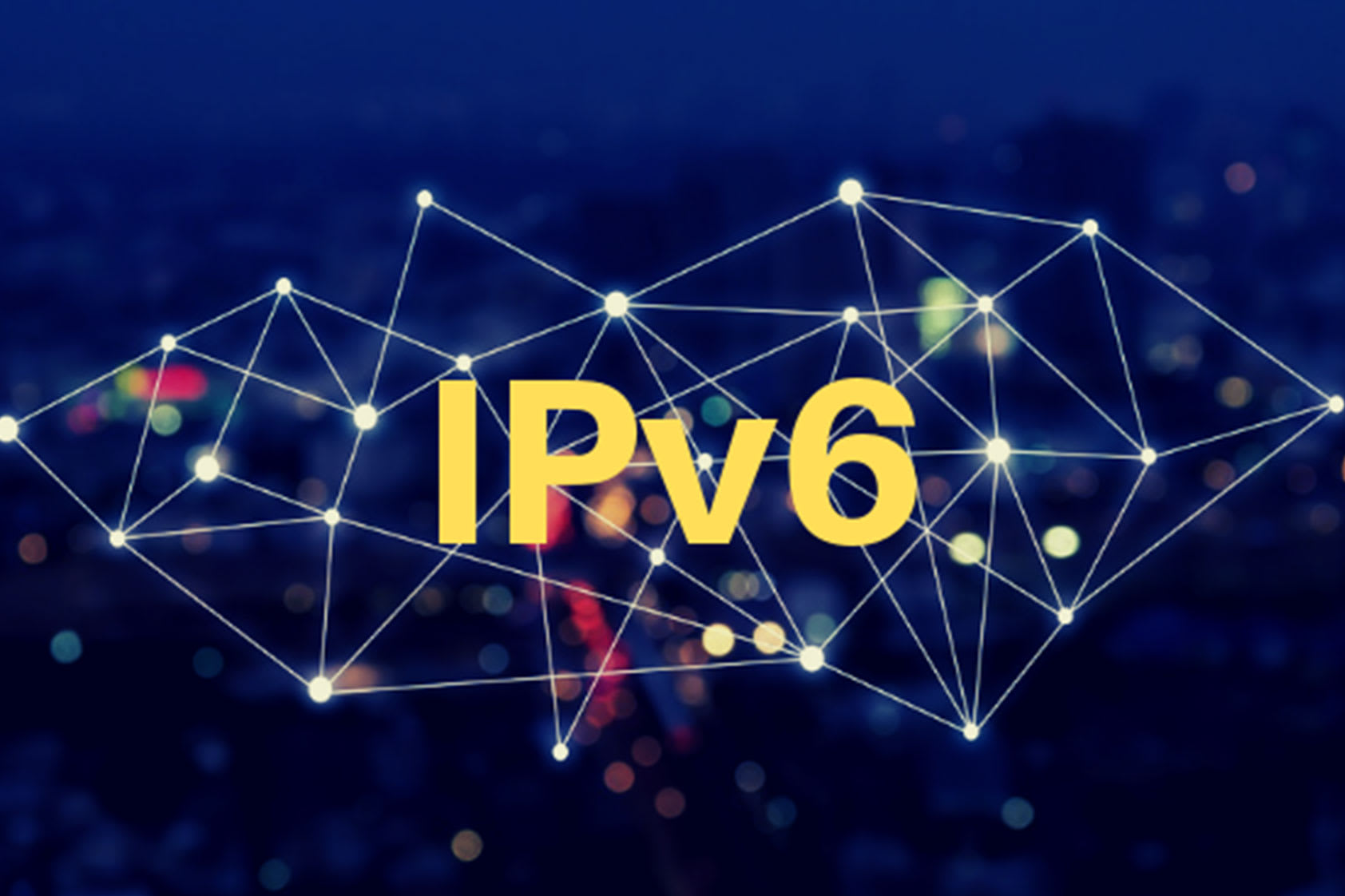Internet technology has grown by leaps and bounds. From an Ethernet-based connection to the WiFi protocols prevalent today, there is no limit to how much internet technology can grow. Amongst these are the different internet protocols that have been helping millions access the internet without any hassle. Do you know about the latest IPv6 protocol? This guide will teach you everything there is to know about it.
First, let us clear the basics.
What is the IPv6?
The IPv6 is the latest version of Internet Protocol (IP). It helps in identifying every device trying to access the internet on a network. Every device accessing the internet carries a unique IP address for communication to take place smoothly.
As of now, the current IP in use is the Ipv4, but this protocol has been replaced by the new IPv6. This new protocol is much in demand in the IoT (Internet of Things) industry owing to it being a bit complex and having a considerable space for web addresses.
The IPv6 is 128-bit, it comprises of 8 numbered strings and each of these contains 4 characters, separated by a colon. Owing to this, there is no limit to the number of devices supported by this new IP. In other words, this new IP will not have the problem of limited web address space.
Do you know the amazing benefits this new technology has to offer?
Advantages of IPv6
Given below are some of the major benefits of this new IP:
1. Improved Routing
IPv6 easily makes routing more efficient in IPv6-based networks. The source device can easily handle network fragmentation with ease instead of a router. This makes transmission of information smooth and easy.
2. Better Security
The IPv6 offers better network security. It also works efficiently to increase authentication and data integrity.
3. Efficient Data Processing
In comparison to IPv4, the IPv6 does not contain any IP-level checksum. So, everytime you switch the internet router there is no need to recalculate the checksum.
4. Helps Direct Data Flow
IPv6 supports multicast instead of broadcast. Multicase lets you access to network-intensive data packet transmission. You can easily send the same data to multiple destinations to save network bandwidth.
5. Simplifies Network Configuration
IPv6 powered devices can easily auto-configure when connected to other IPv6 devices. The configuration process happens automatically and includes the necessary IP addresses and device numbering.
A common question that often comes up is –
Can I Activate IPv6 Protocol on My Netgear Router?
The answer to that question is YES! Just make sure you purchase the latest Netgear WiFi router to do that. For example, doing the Netgear AC1000 setup allows you to set up the IPv6 protocol on the router.
But, before you do that, there are a couple of things to keep in mind.
Requirements for Entering IPv6 Address
Remember, the IPv6 addresses are denoted by 8 groups of hexadecimal quartets. These are separated by colon. You can reduce any 4-digit group of zeros within an IPv6 address to a single zero or remote it altogether.
Committing any of the errors below will invalidate the IPv6 address:
-
More than 8 hexadecimal quartets.
-
More than 4 hexadecimal characters in a quartet.
-
More than 2 colons in a row.
That said, given below is a step-by-step procedure to help you do that:
Steps to Activate IPv6 Protocol on Netgear Router
-
Open a web browser.
-
In the address bar, type routerlogin.net.
-
Enter the router username and password.
-
This displays the Basic Home page.
-
Now, choose Advanced then Advanced Setup.
-
Choose IPv6.
-
Select the Internet Connection Type from the given list.
-
Click on the Apply button.
If you are unable to enable IPv6 using routerlogin.net then use the IP address 192.168.1.1.
Conclusion
Activating the IPv6 protocol means you would be able to browse the internet with increased security. Just keep the information mentioned above in mind.



